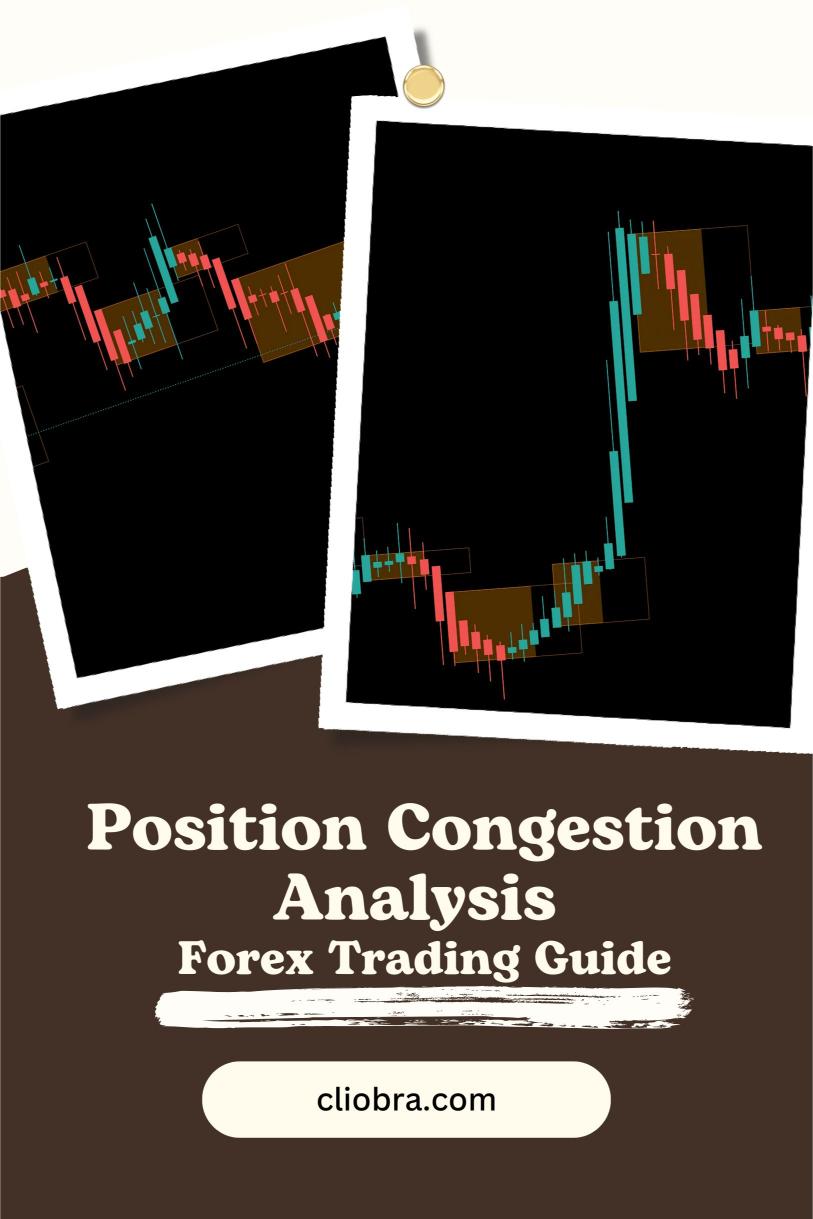Last Updated on February 16, 2025 by Arif Chowdhury
Ever felt overwhelmed by the sheer volume of trades?
Or wondered how to navigate a crowded market?
You’re not alone.
As a seasoned Forex trader since 2015, I’ve faced these very challenges.
Position congestion analysis is a game changer.
Let’s dive into why it’s crucial for effective Forex trade management.
What is Position Congestion Analysis?
Position congestion analysis is all about understanding market dynamics.
It reveals where traders are clustering their positions, highlighting potential areas of support and resistance.
Why does this matter?
- Identifies Overcrowded Trades: When too many traders pile into one direction, it can signal an impending reversal.
- Enhances Risk Management: Knowing where congestion occurs helps in setting smarter stop-loss levels.
- Improves Entry and Exit Points: Spotting congestion zones allows for better timing in the market.
The Statistics Speak
Did you know that over 80% of retail traders lose money in Forex?
One key reason is poor trade management, often stemming from neglecting position congestion analysis.
Another eye-opener:
Studies show that trades influenced by market congestion can yield up to 35% better outcomes when properly analyzed.
How to Conduct Position Congestion Analysis
Here’s a straightforward approach to leverage this analysis:
- Identify Key Levels: Look for price levels where a lot of traders have opened positions.
- Monitor Volume: High trading volume at certain price points often indicates congestion.
- Utilize Technical Indicators: Tools like the Volume Profile can help visualize where positions are concentrated.
Pro Tip: Always keep an eye on news releases. Market reactions to economic data can lead to sudden shifts in position congestion.
My Experience with Position Congestion
Throughout my trading journey, I’ve developed a unique strategy that incorporates position congestion analysis.
This approach has led to consistent profitability.
But I didn’t stop there.
I created a portfolio of 16 sophisticated trading bots, each designed to utilize multiple strategies, including position congestion analysis.
These bots are focused on major currency pairs like EUR/USD, GBP/USD, USD/CHF, and USD/JPY.
By diversifying across these pairs, they minimize correlated losses and enhance overall profitability.
Here’s why you should consider my trading bot portfolio:
- Each bot is tailored for long-term performance.
- They are backtested over 20 years and excel under various market conditions.
- This portfolio is available for FREE when you join through my affiliate link and deposit into your live account.
Benefits of Using Position Congestion in Your Strategy
Integrating position congestion analysis into your trading can yield several benefits:
- Informed Decision-Making: Make smarter trades based on where the market is heading.
- Reduced Emotional Trading: With a clear strategy, you’re less likely to react impulsively.
- Enhanced Profit Potential: By understanding market structure, you can capitalize on more opportunities.
Best Practices for Position Congestion Analysis
Here are some best practices to keep in mind:
- Stay Updated: Market conditions change rapidly. Regularly review your analysis.
- Combine with Other Strategies: Use position congestion analysis alongside other techniques for a holistic approach.
- Keep It Simple: Don’t overcomplicate your analysis. Focus on key levels and trends.
Wrapping Up
Position congestion analysis is a vital tool in Forex trade management.
It empowers traders to make informed decisions, manage risks better, and enhance profitability.
If you want to take your trading to the next level, consider exploring the best Forex brokers I’ve tested.
They provide a solid foundation for your trading journey.
Check them out here: Most Trusted Forex Brokers.
And don’t forget to explore my trading bot portfolio for a diversified approach to trading: Forex EA Portfolio.
By harnessing the power of position congestion analysis and leveraging my trading bots, you can navigate the Forex market with confidence.
